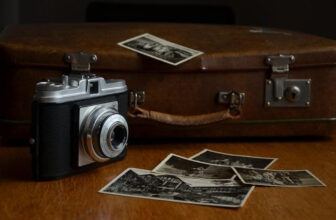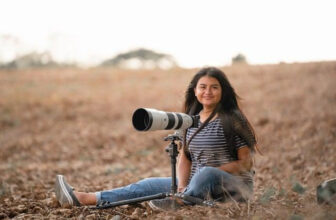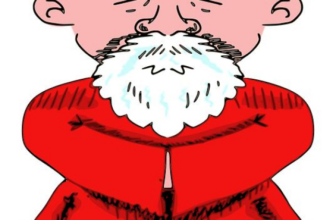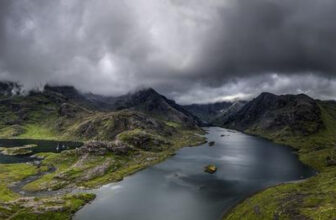Mastering the Art of Smoke Photography: Top Tips for Captivating Images
GoogleAds

Capturing the ethereal beauty of smoke through photography is an art form that requires patience, creativity, and a keen eye for detail. In this article, we will explore the top tips and techniques for mastering the art of smoke photography, helping you to create captivating images that will mesmerize and inspire viewers. Whether you are a seasoned photographer looking to enhance your skills or a novice eager to delve into the world of smoke photography, read on to uncover the secrets to creating stunning and evocative images that are sure to leave a lasting impression.
Introduction: Exploring the Intriguing World of Smoke Photography
Smoke photography is a mesmerizing and captivating art form that allows photographers to create stunning and unique images. By mastering the techniques involved in capturing smoke, you can unlock a world of creativity and imagination.
One of the keys to successful smoke photography is understanding the behavior of smoke itself. Smoke moves in unpredictable ways, swirling and dancing in the air. By studying how smoke moves and interacts with light, you can capture truly dynamic and compelling images.
When setting up your smoke photography shoot, it’s essential to create a controlled environment. Make sure you have good ventilation to prevent smoke from lingering in the air and obscuring your shots. Additionally, use a dark, neutral background to highlight the wisps of smoke in your images.
To capture striking smoke photography, experiment with different light sources and angles. Side lighting can create dramatic shadows and highlights, while backlighting can illuminate the smoke from within, creating a surreal and ethereal effect. Play around with different lighting setups to see what works best for your vision.
Lastly, don’t be afraid to get creative with your compositions. Experiment with varying depths of field, focus points, and framing to create visually compelling images. By pushing the boundaries of traditional photography techniques, you can elevate your smoke photography to a whole new level.
Selecting the Right Equipment: Cameras, Lenses, and Lighting
When it comes to mastering the art of smoke photography, selecting the right equipment is key. Cameras, lenses, and lighting all play a crucial role in capturing captivating images of swirling smoke. Here are some top tips to help you choose the best gear for your smoke photography adventures.
Cameras:
When selecting a camera for smoke photography, look for one with a high-resolution sensor to capture fine details in the smoke. A camera with manual controls will allow you to adjust settings such as aperture and shutter speed to achieve the desired effects. DSLR or mirrorless cameras are popular choices among smoke photographers for their versatility and image quality.
Lenses:
For smoke photography, consider using a macro lens to capture intricate patterns and textures within the smoke. A wide-angle lens can also be useful for capturing the overall shape and movement of the smoke. Experimenting with different focal lengths can help you achieve a variety of unique and striking images.
Lighting:
Proper lighting is essential for creating dynamic and eye-catching smoke photos. Soft, diffused lighting works best to highlight the delicate nuances of the smoke. Consider using a strobe or off-camera flash to add depth and drama to your images. Experiment with lighting angles and intensities to see how they impact the final result.
Additional Tips:
- Use a tripod: To ensure sharp and clear images, especially when using slow shutter speeds.
- Experiment with different backgrounds: Play around with colored paper, fabric, or textures to create interesting contrasts with the smoke.
- Adjust camera settings: Test out different exposure settings, white balance, and focus points to find the optimal setup for your smoke photography.
Conclusion:
By carefully selecting the right equipment – cameras, lenses, and lighting – and implementing these top tips, you’ll be well on your way to creating mesmerizing smoke photography that captivates viewers and leaves a lasting impression. Remember to practice, experiment, and enjoy the creative process as you explore the art of capturing smoke in all its ethereal beauty.

Setting the Stage: Choosing the Perfect Background and Props
When it comes to mastering the art of smoke photography, setting the stage with the perfect background and props is crucial. The background and props you choose can greatly enhance the overall look and feel of your images, helping to create captivating and visually appealing photos.
One important tip for choosing the perfect background for smoke photography is to opt for a simple, uncluttered backdrop. This will help to ensure that the focus remains on the smoke itself, allowing it to stand out and create a striking visual impact. Consider using a solid colored backdrop or a subtle gradient to keep the focus on the intricate patterns and textures of the smoke.
Props can also play a key role in enhancing your smoke photography. Consider incorporating objects with interesting shapes, textures, or reflective surfaces to add depth and visual interest to your images. Experiment with different props to see how they interact with the smoke and how they can help to create unique and dynamic compositions.
Another important consideration when choosing backgrounds and props for smoke photography is lighting. Optimal lighting can help to highlight the details and textures of the smoke, creating a sense of depth and dimension in your images. Consider using soft, diffused lighting to avoid harsh shadows and to create a more ethereal and dreamy effect.
Ultimately, the key to mastering smoke photography lies in experimentation and creativity. Don’t be afraid to try out different backgrounds, props, and lighting setups to see what works best for your unique style and vision. With practice and persistence, you’ll be able to create captivating smoke photography images that truly stand out.
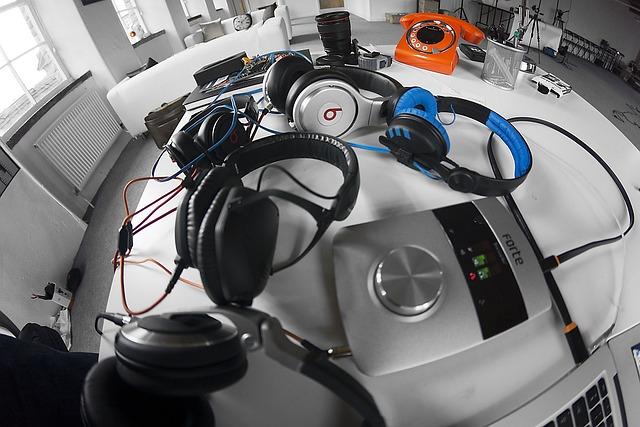
Mastering the Technical Aspects: Shutter Speed, Aperture, and ISO
When it comes to smoke photography, mastering the technical aspects of shutter speed, aperture, and ISO is essential for capturing captivating images. Understanding how these settings work together can help you create stunning and unique photos that will leave viewers in awe.
Firstly, let’s talk about shutter speed. This setting determines how long your camera‘s shutter remains open when taking a photo. A faster shutter speed freezes motion, which is crucial for capturing the intricate patterns and swirls of smoke. A slow shutter speed, on the other hand, can create a dreamy and ethereal effect.
Next, we have aperture. Aperture controls the amount of light that enters the camera lens. A wider aperture (small f-stop number) will create a shallow depth of field, focusing on a specific part of the smoke, while a smaller aperture (larger f-stop number) will keep more of the smoke in focus.
Lastly, ISO determines the camera sensor’s sensitivity to light. A lower ISO is ideal for capturing sharp details in smoke photography, as it reduces graininess. However, in low-light situations, you may need to increase the ISO to ensure proper exposure.
| Shutter Speed | Fast shutter speed to freeze motion |
| Aperture | Wider aperture for shallow depth of field |
| ISO | Lower ISO for sharp details |
By mastering the technical aspects of shutter speed, aperture, and ISO, you can take your smoke photography to the next level. Experiment with different settings to find the right balance for the look you want to achieve. Remember, practice makes perfect, so don’t be afraid to try new techniques and push the boundaries of your creativity.
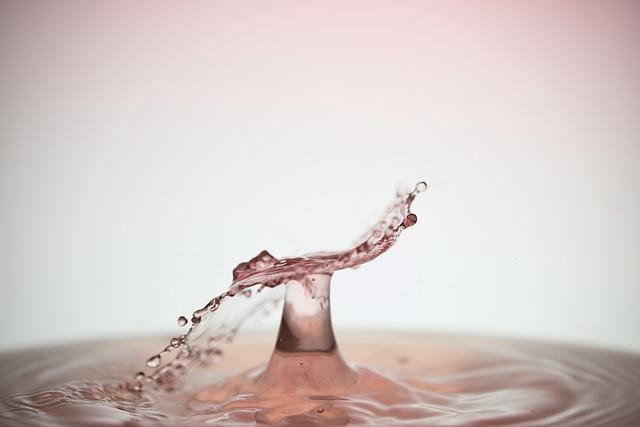
Experimenting with Different Smoke Sources and Patterns
is a fascinating way to create captivating images that showcase the beauty of movement and texture. Whether you’re a beginner or a seasoned photographer, mastering the art of smoke photography can open up a world of creative possibilities.
One of the key tips for capturing striking smoke images is to pay attention to the lighting. Experiment with different angles and intensities of light to create unique shadows and highlights that enhance the textures and shapes of the smoke. This can help add depth and dimension to your photos, making them more visually interesting.
Another important aspect to consider when working with smoke photography is the background. Choosing a simple, neutral backdrop can help emphasize the intricate details of the smoke and prevent distractions in the image. Whether you use a plain wall, colored paper, or a fabric backdrop, make sure it complements the smoke patterns you’re capturing.
When it comes to creating captivating smoke patterns, don’t be afraid to think outside the box. Experiment with different types of smoke sources, such as incense sticks, candles, or even smoke bombs, to achieve various effects and shapes. By playing around with the source of smoke and how it interacts with the air, you can create truly unique and mesmerizing images.
Remember that practice makes perfect when it comes to mastering smoke photography. Don’t be afraid to try out new techniques, play around with different settings on your camera, and push the boundaries of your creativity. With patience and persistence, you can capture stunning smoke images that are sure to impress and inspire viewers.
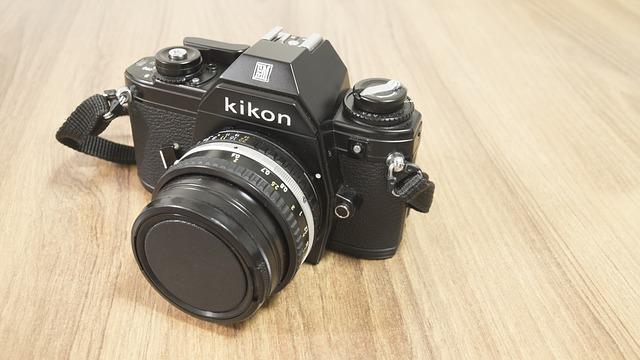
Capturing the Beauty of Movement: Incorporating Motion in Your Shots
Creating captivating images that capture the beauty of movement can be a challenging yet rewarding endeavor for photographers. One technique that can add a dynamic element to your shots is incorporating motion, such as using smoke photography to create visually striking images.
Mastering the art of smoke photography requires a combination of creativity, patience, and technical skill. By following some top tips, you can elevate your images to new heights and captivate your audience.
One key tip for capturing stunning smoke photography is to use a black or dark background. This will allow the smoke to stand out and create a more dramatic effect in your images. Experiment with different lighting setups to see how the smoke interacts with the light and shadow on the background.
Another important consideration is the use of props to enhance the overall composition of your photos. Adding elements such as colored gels or reflective surfaces can add depth and interest to your smoke photography. Be creative and think outside the box when selecting props for your shots.
Lastly, don’t be afraid to experiment and try new techniques when capturing smoke photography. Play around with different camera settings, angles, and compositions to see what works best for the effect you’re trying to achieve. Remember, practice makes perfect, so keep refining your skills and pushing the boundaries of your creativity.
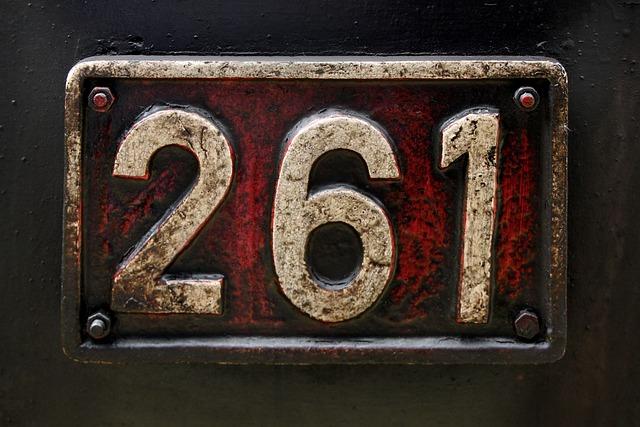
Post-Processing Techniques: Enhancing Your Smoke Images with Editing Software
When it comes to smoke photography, the real magic often happens during the post-processing stage. Editing software allows you to enhance your smoke images and transform them into captivating works of art. In this post, we will share top tips for mastering the art of smoke photography through post-processing techniques.
One of the key techniques for enhancing smoke images is adjusting the levels and curves. By tweaking the contrast and brightness levels, you can bring out the intricate details in the smoke patterns. Use the curves tool to fine-tune the tones and colors, creating a more dynamic and visually striking image.
Another important aspect of post-processing smoke images is playing with the colors. Experiment with different color schemes to evoke different moods and emotions in your photos. Consider using color overlays, gradients, or even selective coloring to make your smoke images stand out.
Adding texture layers can also elevate your smoke photography to the next level. Overlaying textures like clouds, grunge patterns, or even abstract shapes can give your smoke images a unique and artistic flair. Blend the textures seamlessly with the smoke patterns to create a visually interesting and mesmerizing composition.
Lastly, don’t be afraid to get creative with your post-processing techniques. Explore different filters, effects, and tools to push the boundaries of traditional smoke photography. Remember, the only limit is your imagination when it comes to enhancing your smoke images with editing software.
Q&A
Q: What equipment is essential for capturing captivating smoke photography images?
A: Essential equipment for smoke photography includes a camera with manual settings, a tripod, a remote shutter release, and a dark background.
Q: What lighting conditions work best for smoke photography?
A: Soft, diffused lighting is ideal for smoke photography to reduce harsh shadows and highlight the intricate patterns of the smoke.
Q: How can photographers control the movement and direction of the smoke in their images?
A: Photographers can use a fan, hairdryer, or a straw to manipulate the movement and direction of the smoke in their images.
Q: What post-processing techniques can enhance smoke photography images?
A: Post-processing techniques such as adjusting contrast, saturation, and sharpness can enhance the colors and details of smoke photography images.
Q: What are some creative ideas for incorporating smoke into photography compositions?
A: Creative ideas for incorporating smoke into photography compositions include using colored gels or backlights, experimenting with different shapes and patterns, and incorporating props or subjects into the scene.
To Conclude
In conclusion, mastering the art of smoke photography can truly elevate your images and captivate viewers with its mesmerizing and abstract qualities. By following these top tips and techniques, you can create stunning and unique photographs that showcase the beauty and mystery of smoke. Experiment, practice, and let your creativity soar to create captivating smoke photography images that leave a lasting impression. Keep exploring and perfecting your skills to unlock the full potential of this fascinating genre of photography.
GoogleAds



